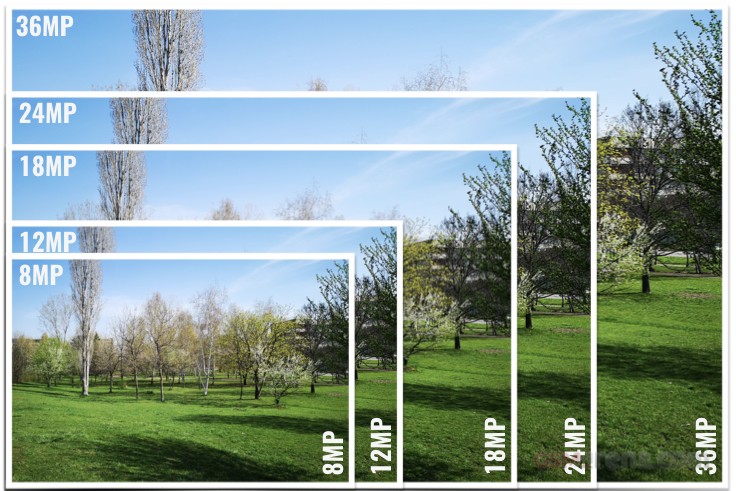Megapixels. This magic word is very remembered when you choose a new smartphone and want to know if the camera is good. However, this is only one of the factors to be taken into account, you know? Techidence tells you everything next.
Megapixels

The more megapixels – micro squares that form the image – the higher the resolution of a digital photograph. This means that the size and weight of the file will also be larger because the detail of the capture is more elaborate.
This means that the file size and weight will also be larger because the detail of the shot is more elaborate. Cameras with 5 or 7 MP already offer good-quality images to post on social networks.
Lenses

There are smartphones with triple, quad, and even quintuple cameras on the market, but what does that mean? Well, these models gather lenses with different purposes, aperture angles, and focal lengths.
Imagine you want to photograph in landscape mode. The best lens tends to be the wide-angle (or Ultra Wide) because it has a smaller focal length and therefore magnifies the scene capture. Macro lenses are perfect for shooting close details without losing the focus of the subject.
Multi-camera phones rely on artificial intelligence technology and software to “understand” this demand. There are also functions such as portrait, motion, blurred background, and panoramic, which optimize the use of different lenses.
Front Camera

If you like selfies and video calls, this is your little darling. It can also be multiple, but usually has a lower resolution than the back. Pay attention to the lenses with a larger focal length, which will improve light input and consequently image quality.
How do I see this? The smaller the “f” value in the technical specifications, the larger the aperture. Here is Techidence’s recommendation: f/1.8 or f/2.2 are recommended.
Video
Be aware of the resolution, which indicates the quality of the recording of the videos, that is, the detailing of the images. It can be High Definition or HD (1280×720 pixels), Full HD (1920×1080), or Ultra HD-4K (3840×2160 pixels). If the use of the smartphone is not professional, a Full HD already serves the average user well, with recording in high quality.
Stabilizer

Devices with image stabilizers facilitate photo and video shoots, especially in low-light environments. There are two types: the optical, which works during recordings, and the electronic. In practice, the chance of blurring, shaking, and blurring falls.
Zoom

The feature that brings the subject closer to the photo is very useful in several situations. Cameras that have optical zoom do not distort the image, as is more likely to happen in digital versions. This is because the process is done by moving the set of lenses, as in a conventional camera.
System
With the above explanations, it is possible to decipher the configurations of the rear or front camera systems on smartphones. But one thing is not explicit in the technical sheet: how the mobile phone system makes use of all these features.
The best cameras in smartphones today are a combination of the set of lenses and mechanisms, the device’s native photo and video application, and even the software dedicated to processing the images.
Yes, a 64 or 100-MP camera can take huge pictures. A lens with a good aperture should deliver images with better brightness and color definition. But in the end, the photo processing after the click depends on the cell phone system.
So when researching new smartphones, pay attention to the specifications and also what the manufacturers say about the camera system and the processing of photos and videos.
This post may contain affiliate links, which means that I may receive a commission if you make a purchase using these links. As an Amazon Associate, I earn from qualifying purchases.

